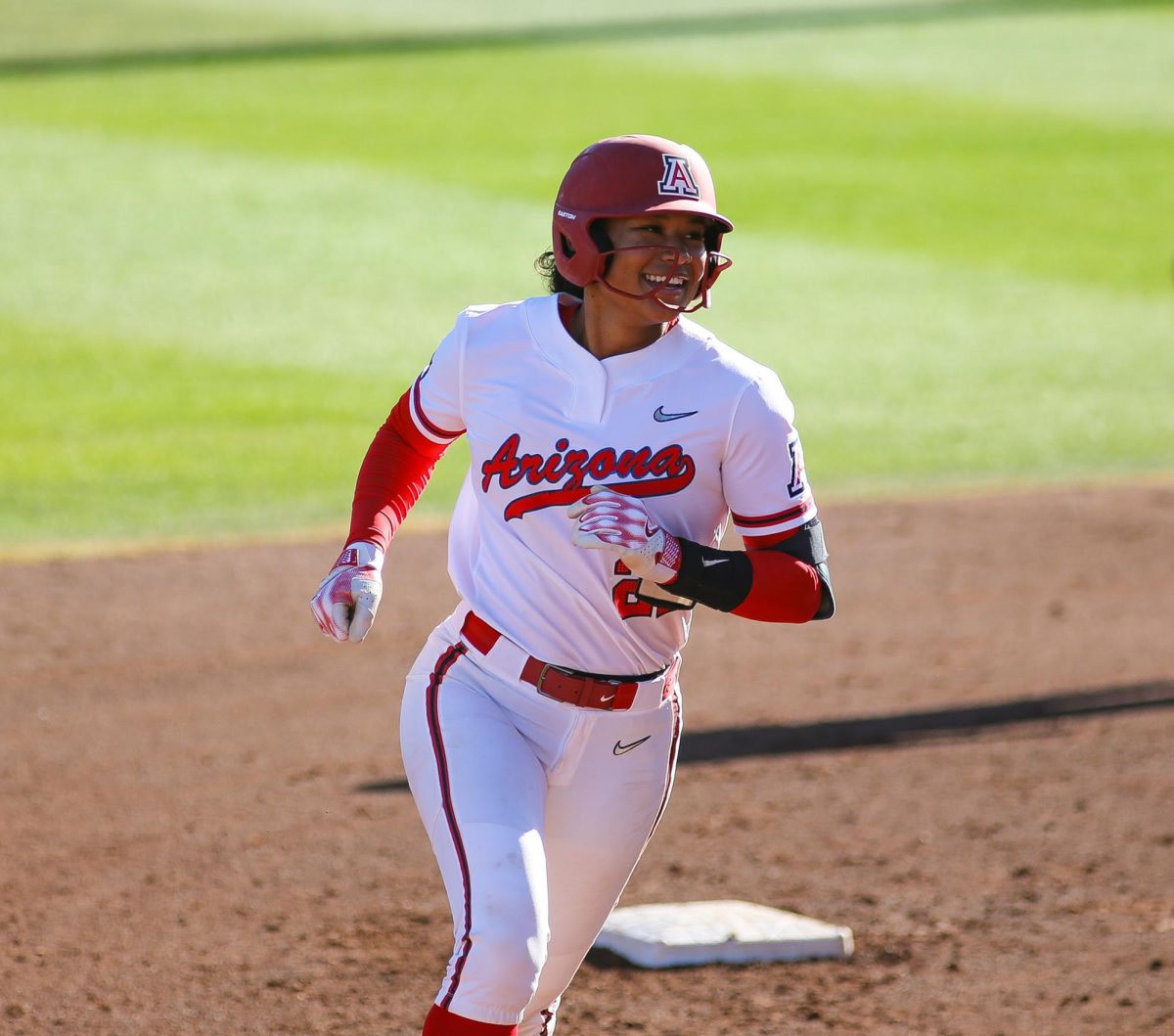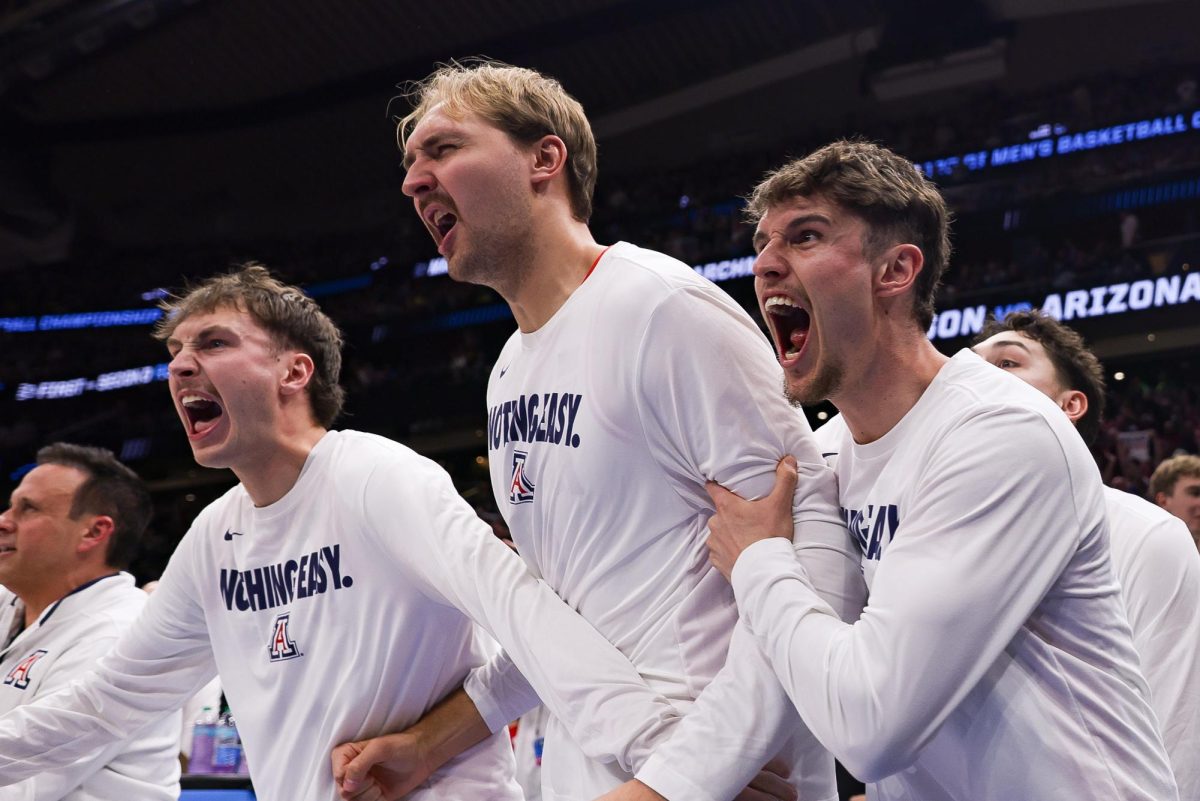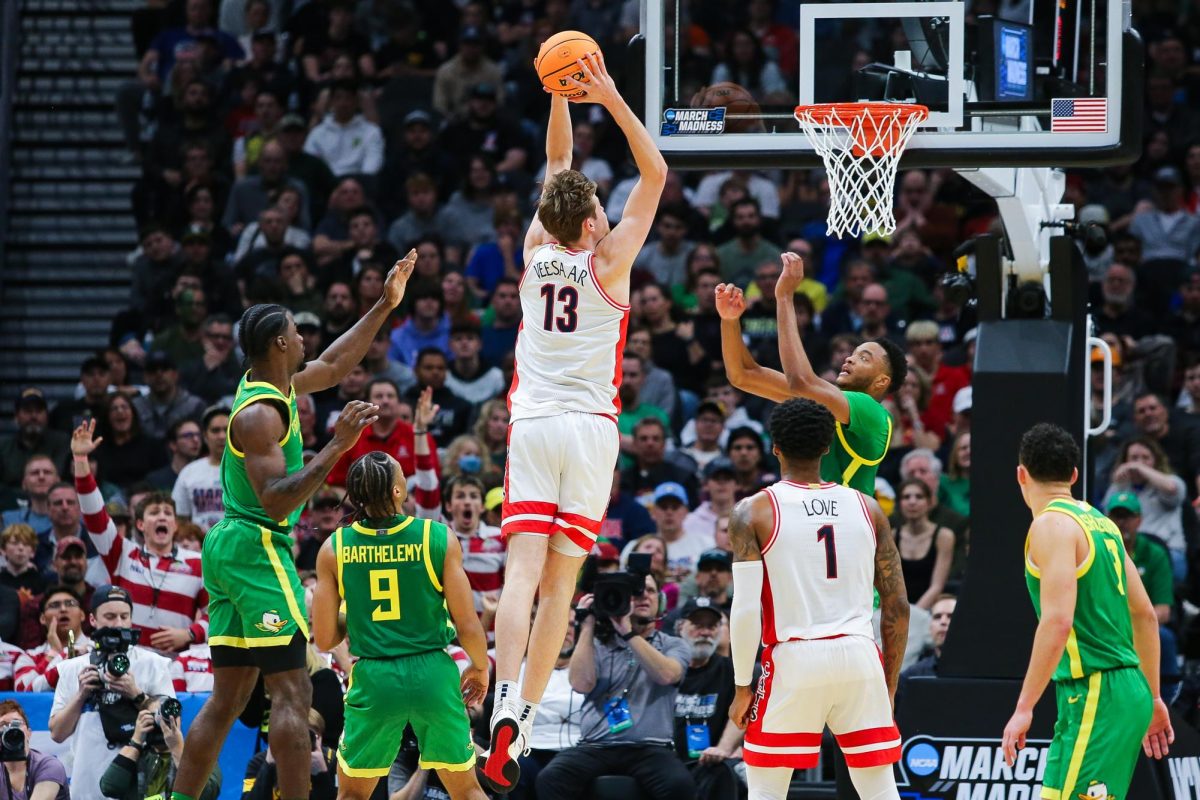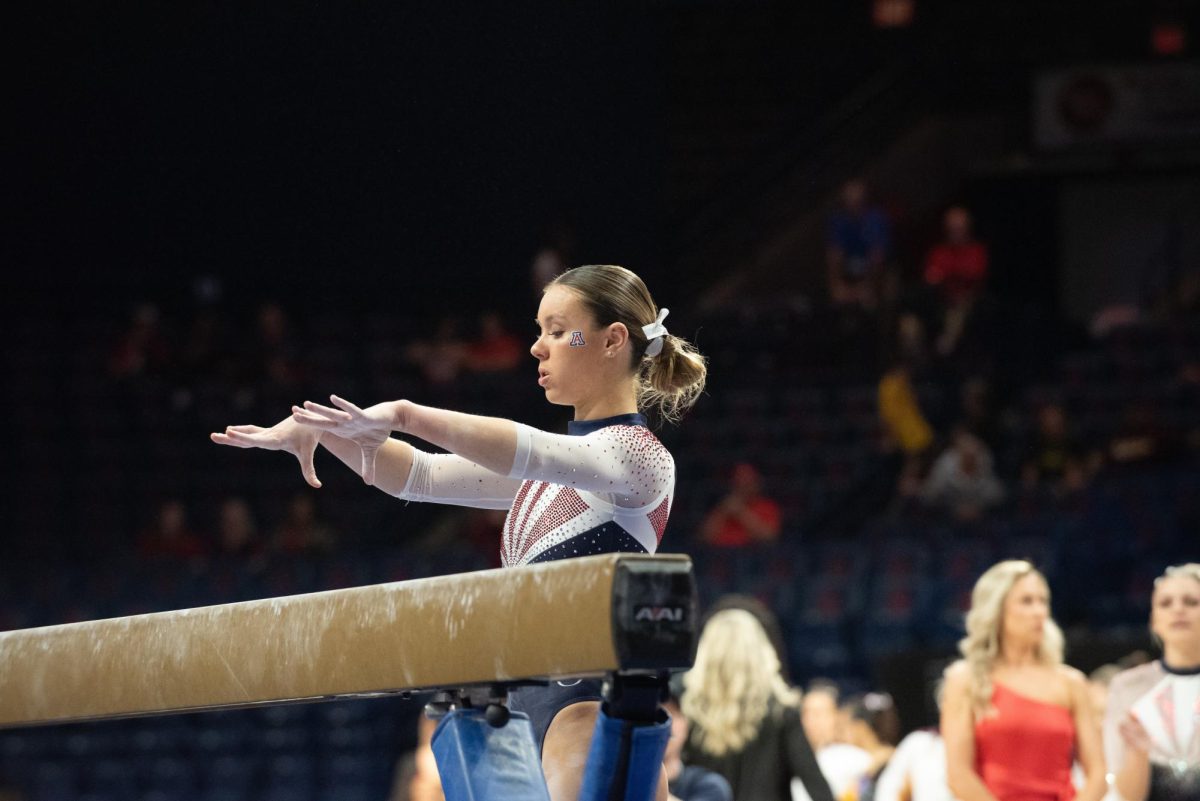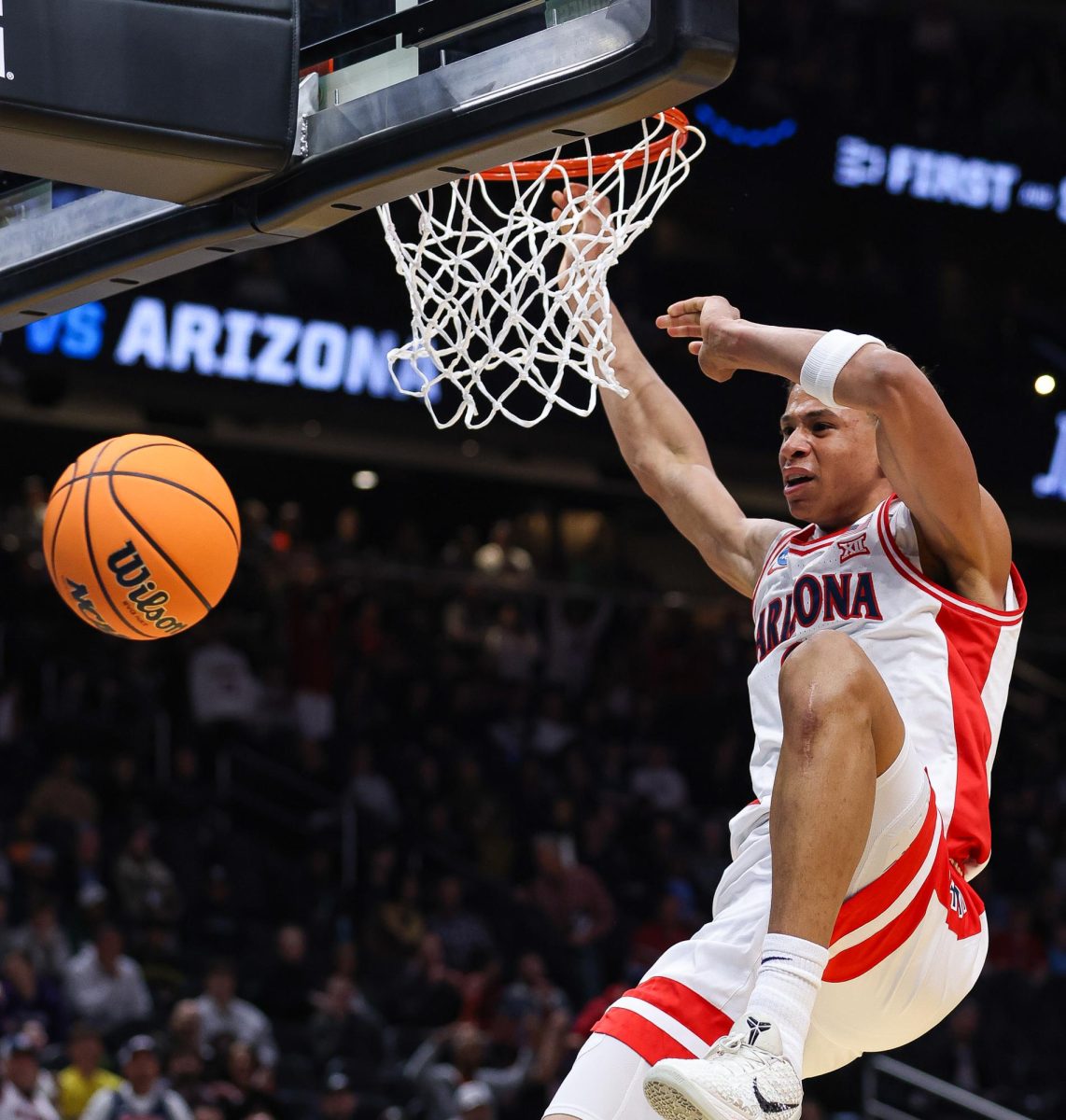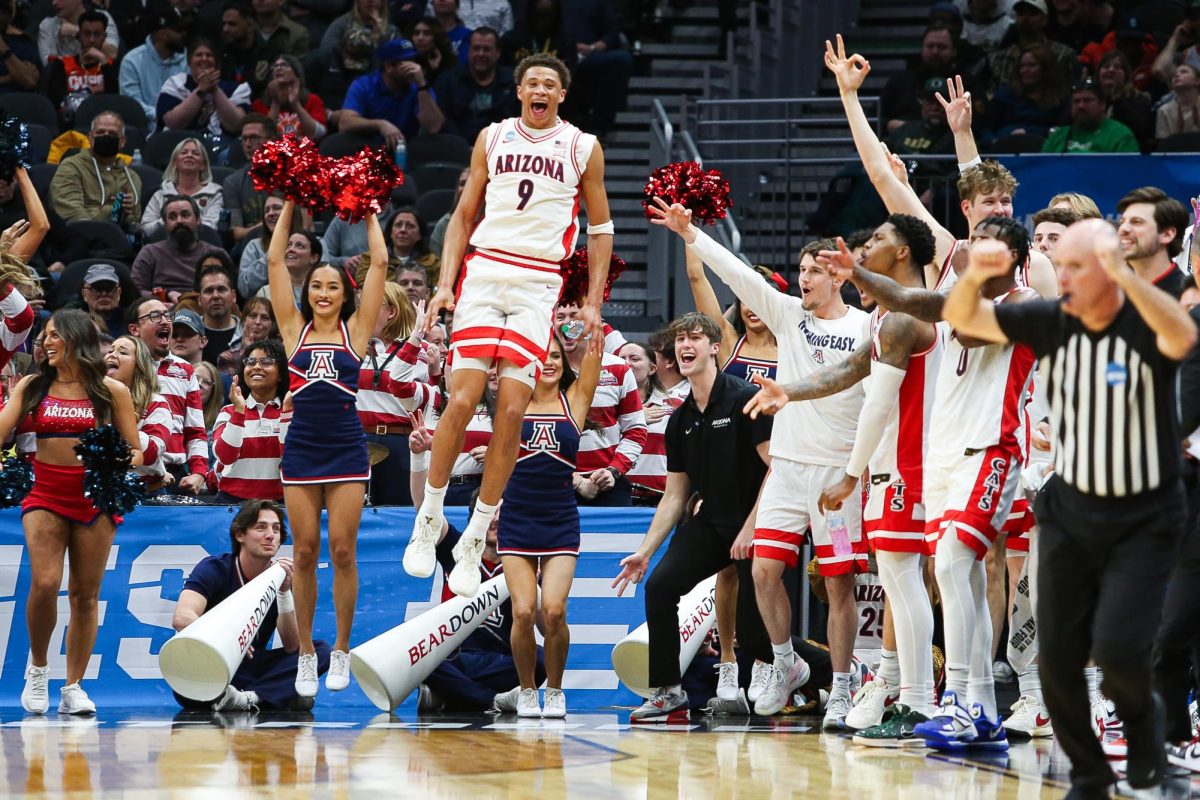Arizona’s first Homecoming football game, in 1914, was described like this on the front page of the Arizona Daily Star:
“Before the largest and most enthusiastic crowd ever assembled on a football field in this state …”
Yeah, it was a pretty big deal. The UA defeated Pomona 7-6 on Thanksgiving in front of a raucous crowd of 1,500 to earn, for some reason, the title of Champions of the Southwest, and the newspaper even noted that the university likely did well enough financially to break even on a five-game season.
And here’s a bonus: At halftime, a former chancellor of the Board of Regents and a local businessman each promised $50 toward sweaters for the players … if they maintained that 7-6 lead.
Football has been the centerpiece of Homecoming at the UA for a century, with the school saying 1914 was only the fifth Homecoming in the country.
How long ago was that? Student enrollment at the UA was 308. When that season started, football was merely known as the “varsity.” And then, on Nov. 7, Los Angeles Times correspondent Bill Henry changed everything.
He wrote this about how the UA played in its 14-0 loss at Occidental: “The Arizona men showed the fight of Wildcats …”
The “Wild Cat Yell” was born in a downtown rally the night before the Homecoming game against Pomona, and according to the 1915 Desert Yearbook, “(a)t the next assembly it only remained to formally christen the ‘Wild Cat’ as Arizona’s mascot.”
Homecoming invokes that kind of nostalgia, the happy and aching trips through the stadiums of the mind—the reunions, the visiting of old haunts, the trips to see how things have changed.
Like football.
The UA’s game against Stanford on Saturday night is the school’s designated 99th Homecoming game—the Wildcats have a 57-36-5 record on Homecoming—but enough with the history because big-business college football is a what-are-you-doing-for-me-now venture.
It’s all about change. On this Homecoming, for those who haven’t been on campus in four years or so, that change will be evident in the stadium itself—the Lowell-Stevens Football Facility. The new seating on the north end, the huge videoboard on the south side, recent fresh coats of cardinal and navy paint, new chairback seating in the 100 level on the east side … The stadium has never looked better.
As for the on-field product, fifth-year coach Rich Rodriguez is undertaking his own rebuilding project with his defense. Estimated time of arrival: unknown.
The building never stops. Athletic Director Greg Byrne—while saying the 88-year-old Arizona Stadium has good bones—likely needs to raise about nine figures financially to fully modernize the stadium into a cozier, fan-friendlier venue.
As we look back on Homecoming, you could say he’s hoping for the kind of place that might regularly empower those large and enthusiastic crowds of yesteryear.
Follow Anthony Gimino on Twitter.




